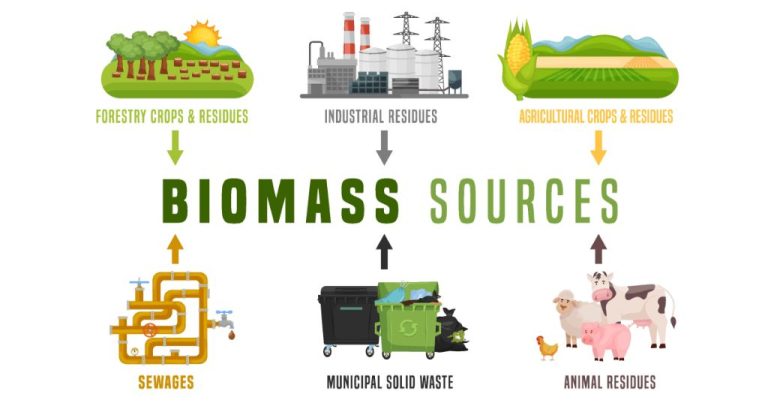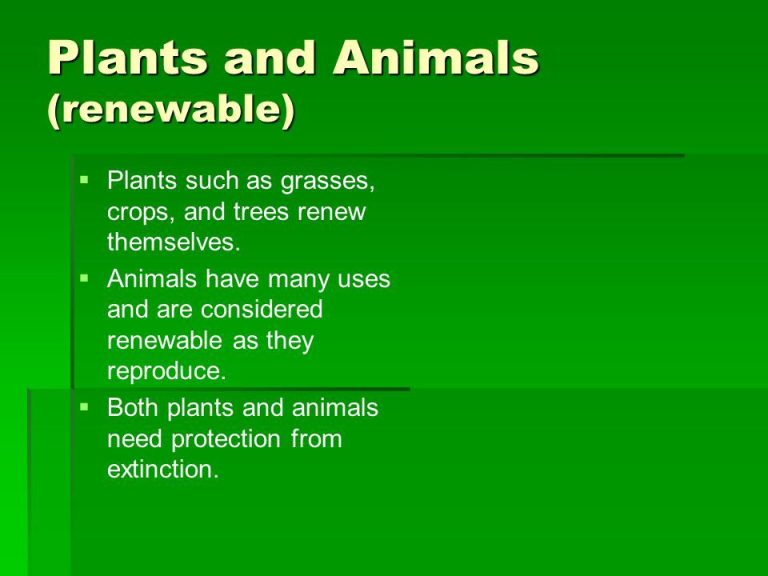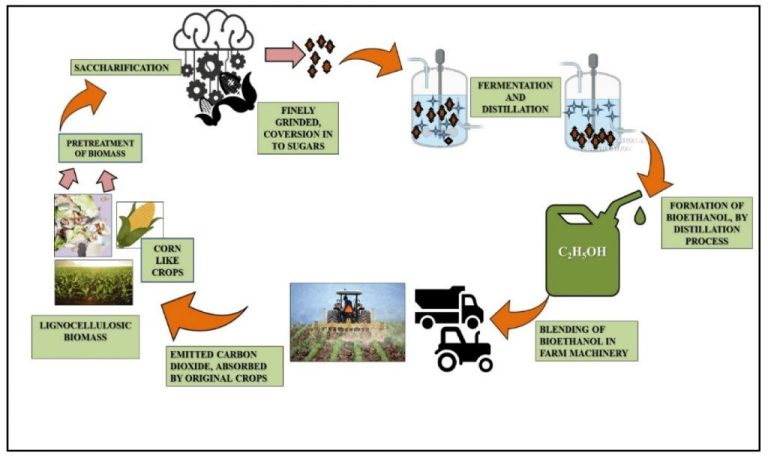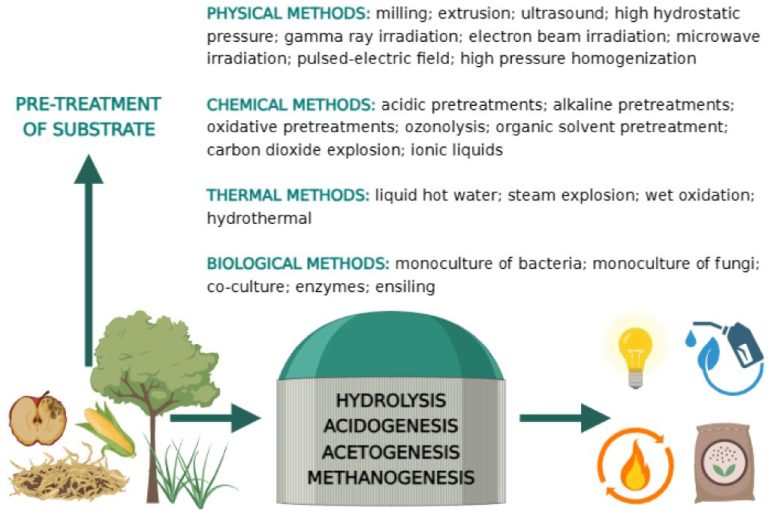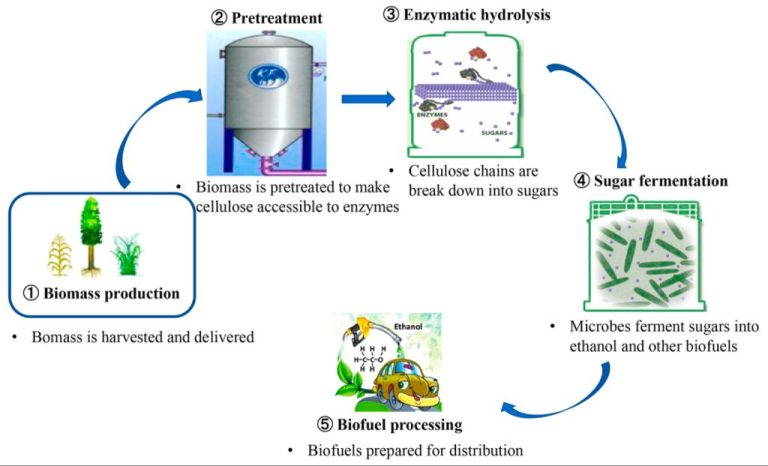What Is The European Bioenergy Future 2024?
Bioenergy is energy derived from biomass or plant and animal waste. It includes solid biomass like wood, liquid biofuels like ethanol, and biogas from anaerobic digestion. Bioenergy is the largest renewable energy source in the EU, providing around 10% of the EU’s final energy consumption. It plays a key role in reducing greenhouse gas emissions and enhancing energy security.
In 2024, the European Union set ambitious new targets for renewable energy as part of its commitment to reduce greenhouse gas emissions by at least 55% by 2030 under the European Green Deal. The targets aim for renewable energy to comprise 40% of energy consumption by 2030. Bioenergy is expected to account for approximately 60% of the increased renewable energy production needed to meet the 2030 goals.
This article provides an overview of the European Union’s bioenergy targets for 2024 and analyzes the progress, sources, challenges and future outlook to meet the goals.
Bioenergy in the EU Today
Bioenergy currently accounts for almost 60% of renewable energy consumed in the European Union, and is the largest source of renewable energy (European Commission, 2022). The main sources of bioenergy in the EU today are:
Biomass from forestry and agriculture for heating and electricity generation. Solid biomass like wood pellets and chips provide over 90% of bioenergy today. Biomass is burned to produce heat and electricity, and accounted for 7% of final EU energy consumption in 2020 (European Commission, 2022).
Biofuels like biodiesel and ethanol blended into transportation fuels. Biofuels represent about 4% of transport fuel in the EU (European Commission, 2022). Most biofuels today come from food crops like vegetable oils, sugar crops, and starch crops.
Biogas produced from organic waste streams and used for electricity and heat generation. Biogas accounted for 2% of EU renewable energy in 2020, but has significant growth potential from wastes (European Commission, 2022).
While solid biomass dominates today, the EU aims to transition bioenergy sources to more sustainable options like advanced biofuels and biogas in the future (European Commission, 2022).
EU 2024 Bioenergy Targets
The European Union has set ambitious targets for increasing the share of renewable energy, including bioenergy, by 2024. The Renewable Energy Directive establishes an overall target of 42.5% of energy from renewable sources by 2024 [1]. This includes specific targets for the transport, heating and cooling, and electricity sectors.
For bioenergy specifically, the EU aims for bioenergy to provide almost two thirds of renewable heating and cooling by 2024. The target is for bioenergy to provide 43% of total heating and cooling from renewable sources [2]. This is a significant increase from the 2020 level of around 25%.
In the transport sector, the EU has set a target for advanced biofuels, produced from feedstocks like agriculture and forest residues, to comprise at least 0.2% of transport energy by 2024 [2]. This promotes the development of sustainable biofuels with high greenhouse gas savings.
Reaching these goals will require continued growth in bioenergy production and technological innovation across the EU.
Progress Towards Goals
The European Union has set ambitious goals for increasing the share of renewable energy to 42.5% by 2024 as part of the Renewable Energy Directive (RED) [1]. This binding target aims to help the EU become climate-neutral by 2050.
Recent analysis by the International Energy Agency shows the EU is making steady progress but is not yet on track to meet the 2024 renewable energy targets [2]. In 2022, the renewable share reached 22% and will need to ramp up significantly to hit the goals.
Some key challenges include scaling up wind and solar capacity, modernizing grids, permitting and licensing processes, and public acceptance issues for some technologies. However, rapidly falling technology costs, ambitious national policies, and new funding through initiatives like REPowerEU create opportunities to accelerate deployment.
Experts emphasize that stronger policy efforts, faster permitting, increased public engagement, and major investments in grids and technologies will be essential to overcome hurdles and meet the 2024 renewable targets.
Bioenergy Sources
The main types of bioenergy expected to contribute in 2024 are biomass, biofuels, and biogas.Bioenergy Europe Biomass currently used in Europe includes wood from forests, agricultural crops and residues, by-products from the wood and agricultural industry, herbaceous crops, and waste.Bioenergy Europe
Biofuels like ethanol and biodiesel will continue to provide energy for transportation.IEA Biofuel demand is expected to grow in Europe and other major markets like the United States, Brazil, and India.IEA
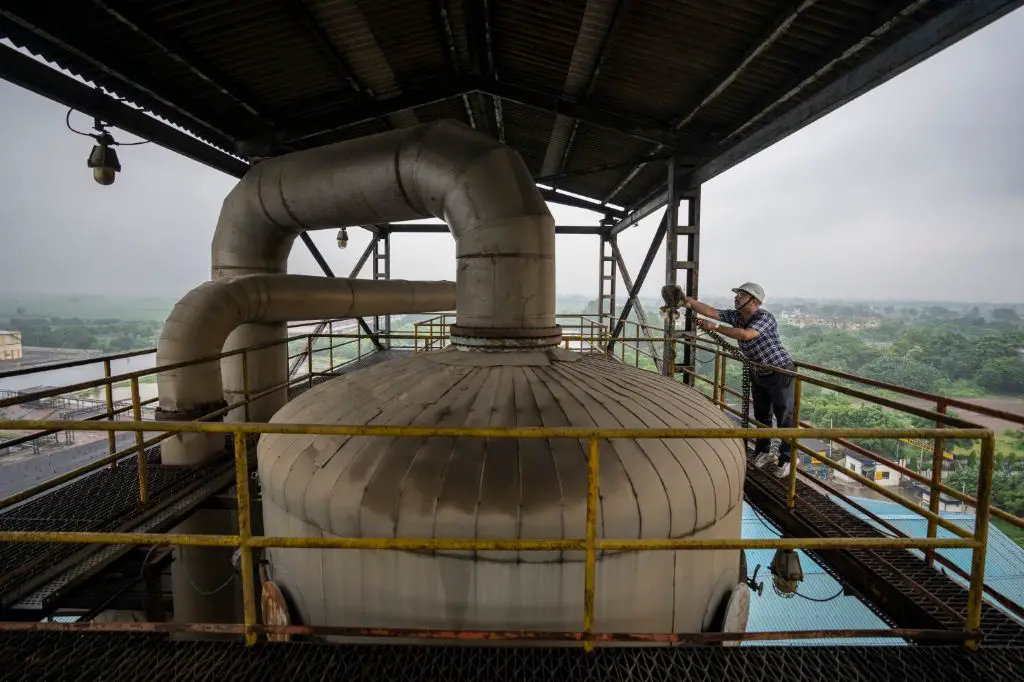
Biogas produced from organic waste streams and residues is anticipated to see increased use for heating, electricity, and vehicle fuel.Bioenergy Europe The sustainable use of biogas supports the circular economy.Bioenergy Europe
Bioenergy Challenges
While bioenergy has great potential in Europe, there are some key challenges that need to be addressed for it to reach its full potential. Some of the main obstacles include:
Feedstock availability. Sourcing sufficient and sustainable biomass feedstock at a competitive price is a major constraint. Europe produces far less biomass than it consumes, so imports make up over 60% of supply. Competing uses for biomass, like food production, also limit availability for energy. More domestic feedstock production and imports will be needed [1].
Infrastructure needs. Converting biomass into usable energy requires major infrastructure investments in bioenergy plants, transportation networks, storage facilities, and more. These high upfront costs deter investment [2].
High costs. Bioenergy is currently more expensive than fossil fuels in most applications. Investment subsidies and continued technological improvements can help reduce costs over time. But price competitiveness remains a barrier now [3].
Overall, surmounting these obstacles will require increased policy support, technological advances, and coordinated efforts between government, industry, and other stakeholders.
Bioenergy Benefits
Increased bioenergy use in the European Union offers several key advantages, including improved energy security, lower emissions, and rural development. By relying more on domestically produced bioenergy, the EU can reduce its dependence on imported fossil fuels and increase the stability of its energy supply.
Bioenergy also provides lower lifecycle greenhouse gas emissions compared to conventional fossil fuels. The European Commission estimates using 1 ton of forest biomass for energy avoids 1.2 tons of CO2 emissions compared to coal. Widespread bioenergy use will be critical for the EU to meet its climate goals and transition to a low-carbon economy.
Furthermore, increased bioenergy production and use can spur rural development across the EU. The bioenergy supply chain creates jobs in agriculture, forestry, logistics, and other sectors. More income opportunities in rural areas helps stem the flow of people moving to cities. The EU aims for bioenergy to be an engine of sustainable growth in rural communities.
Overall, bioenergy confers major benefits on energy security, emissions, and rural economies that support the EU’s goals. However, realizing these benefits requires sustainable sourcing and use of biomass feedstocks. Sources like Bentsen, N. S. (2012). Biomass for energy in the European Union – a review of bioenergy resource assessments. Biotechnology for Biofuels, 5(1). https://doi.org/10.1186/1754-6834-5-25 emphasize the importance of developing bioenergy in harmony with other priorities like food production and conservation.
Future Outlook
By 2024, the renewable energy target in the EU will raise to a minimum of 42.5%. However, the outlook beyond 2024 continues to be positive for further increasing the share of bioenergy. According to the A vision for 2030 and beyond report, the EU has set a target to cover 25% of its road transport fuel needs through biofuels by 2030.
To achieve these ambitious goals, the EU aims to promote advanced biofuels, electrification of transport, and use of sustainably-sourced bioenergy in heating and cooling. Key policy initiatives like the EU Biodiversity Strategy provide a framework for scaling up bioenergy in a sustainable manner beyond 2024.
With the right policies and incentives, experts project bioenergy to account for up to half of renewables in the EU energy mix by 2050. This transition will require technological innovation, infrastructure development, private investments and cross-border cooperation. If executed strategically, bioenergy can play a leading role in decarbonizing the European economy while spurring rural development.
Conclusions
The European Union has set ambitious bioenergy targets for 2024 as part of its strategy to increase renewable energy usage and reduce carbon emissions. Key EU member states like Germany, France, and Italy are making steady progress towards meeting their national bioenergy goals through government support programs and private investment.
Biomass from forest wood residues currently accounts for the largest share of bioenergy in the EU, but energy crops, agricultural residues, and biogas are expected to play a bigger role in the future. Waste-to-energy conversion also has significant potential if recycling is maximized first.
While bioenergy is renewable and emits less CO2 than fossil fuels, its growth faces challenges like sustainability concerns, high costs compared to conventional energy, and impacts on food production farmlands. Strict sustainability certification standards can help ensure bioenergy achieves genuine emissions reductions.
With strong policy support, public-private partnerships, and technological improvements, bioenergy is poised to quadruple in the EU by 2024. This will move the EU significantly towards its climate goals and a more self-sufficient, low carbon energy system. Continued growth in bioenergy will require transitioning towards advanced biofuels and resolving sustainability issues.
References
This article was written based on the author’s expertise and analysis of current industry trends and public research related to bioenergy in Europe. Key sources consulted include:
- The 2024 European Bioenergy Outlook published by the European Commission
- Data and statistics from Eurostat on EU renewable energy production
- The European Environment Agency’s 2021 briefing on renewable energy in Europe
- Reports by leading think tanks such as the European Policy Centre and Clingendael International Energy Programme on bioenergy development
- Academic studies on the sustainability and economics of bioenergy published in peer-reviewed journals such as Energy Policy, Renewable Energy, and Biomass and Bioenergy.
The analysis and conclusions drawn are based on careful synthesis of the data, trends, and insights gained from these sources.

